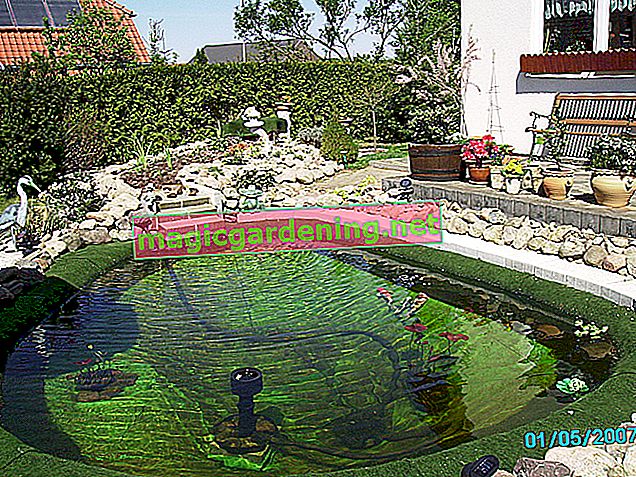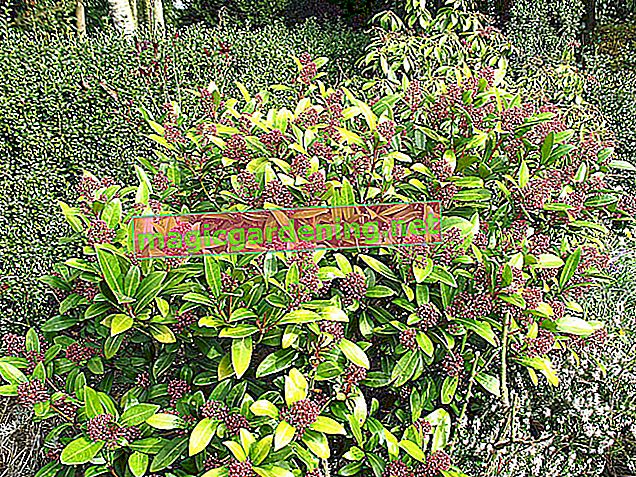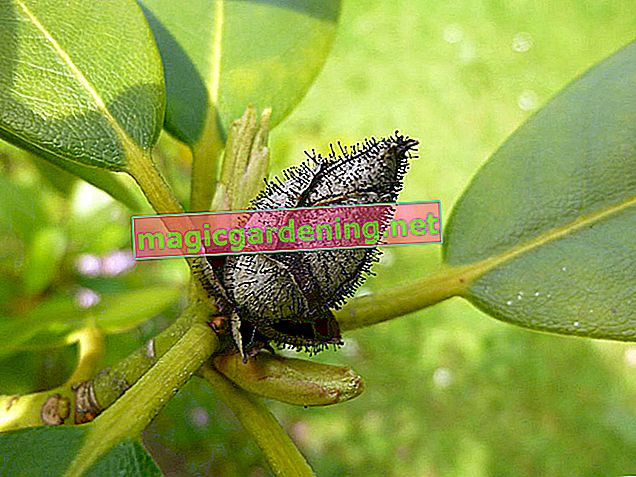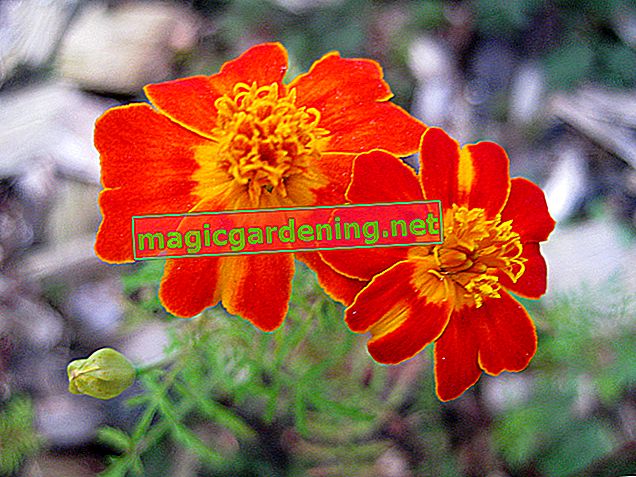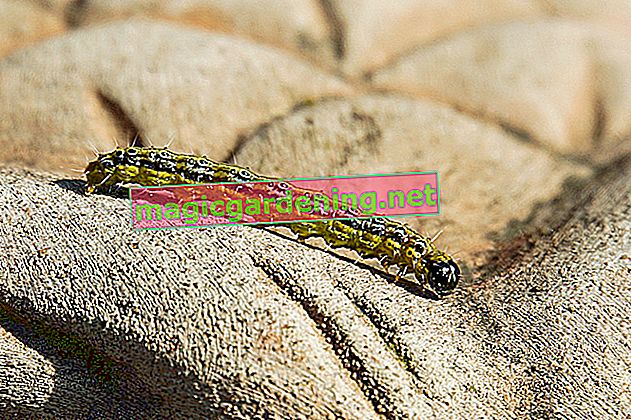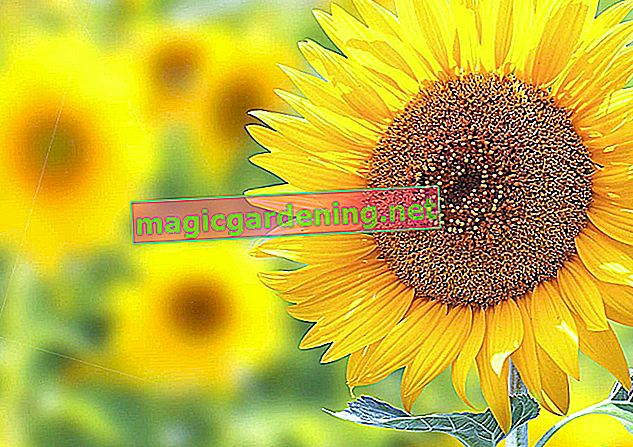
Annual sunflowers are not hardy
Annual sunflowers do not survive sub-zero temperatures. But it is also not worth it to overwinter them in the house, since they only thrive for one year and have to be sown again the next year.
also read
- Hardy and long-lasting: sunflower perennials
- Sunflowers are not poisonous, they are even edible
- When is the best time to plant sunflowers?
When the sunflower blossoms have faded, the popular sunflower seeds ripen in them. In autumn, harvest the seeds or cut the flowers to dry.
The kernels can be used as bird food in winter. But they can also be roasted as a snack or used in the kitchen for baking. It is also worth saving a few seeds for next year's sowing.
Hibernate sunflower perennials
Most sunflower perennials are hardy. Like the Jerusalem artichoke, they do not need any winter protection at all.
More sensitive varieties are cut off above the ground in autumn. Cover it with a layer of ripe compost, if there is one, or add some leaves. In spring, lift off the mulch so that the sun can warm the earth better.
Some perennials are not hardy. They need to be dug up in the fall and overwintered indoors. It is best to only care for such varieties in the pot.
- Dig up perennial
- Put in a pot with garden soil
- Place in a cool but frost-free place
- Occasionally give a little water
Do not fertilize from September
Perennial sunflowers should no longer be fertilized by September at the latest. The fertilizer increases the risk that the perennials will not survive the winter.
Sow and plant out sunflowers only in spring
Since the annual sunflowers cannot tolerate frost at all, you should only sow them outdoors when the soil is warm enough.
You should wait until the end of May to plant pre-grown sunflowers outdoors. Before that, the risk of night frosts is still too great.
Tips & Tricks
Annual sunflowers usually have only one or a few flowers. If these have faded, the plant's time is over. It can then be cut, keeping the root in the ground.

